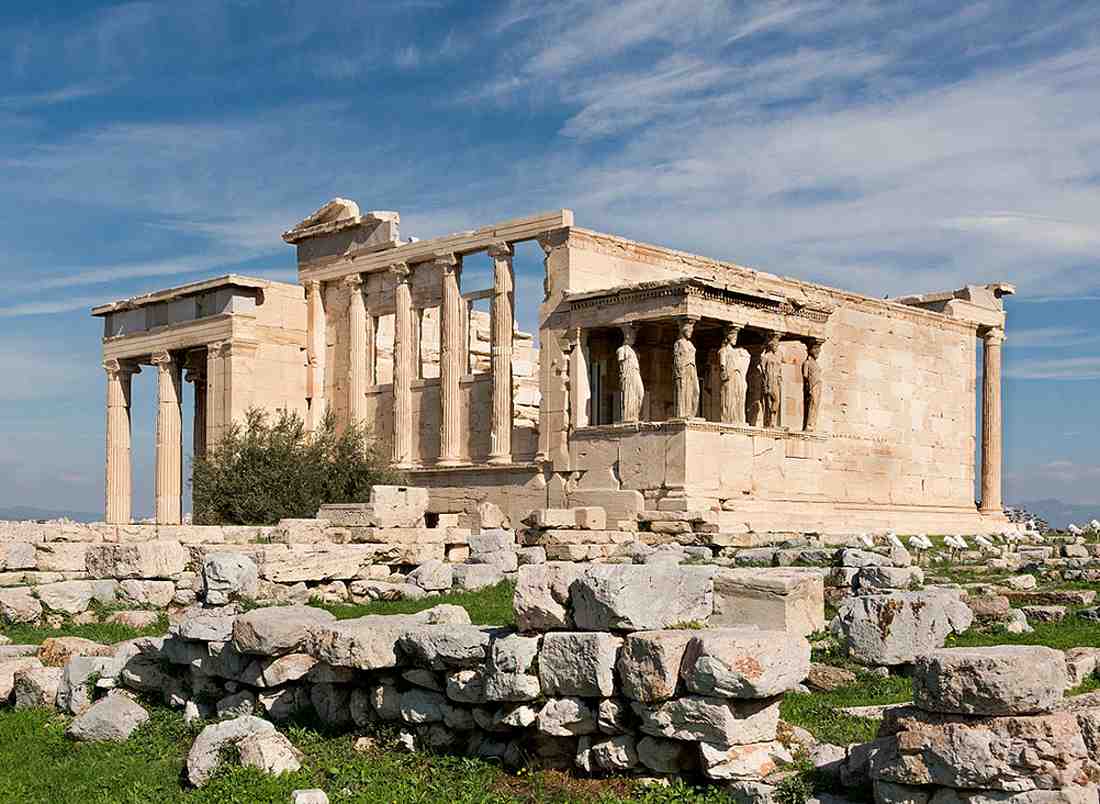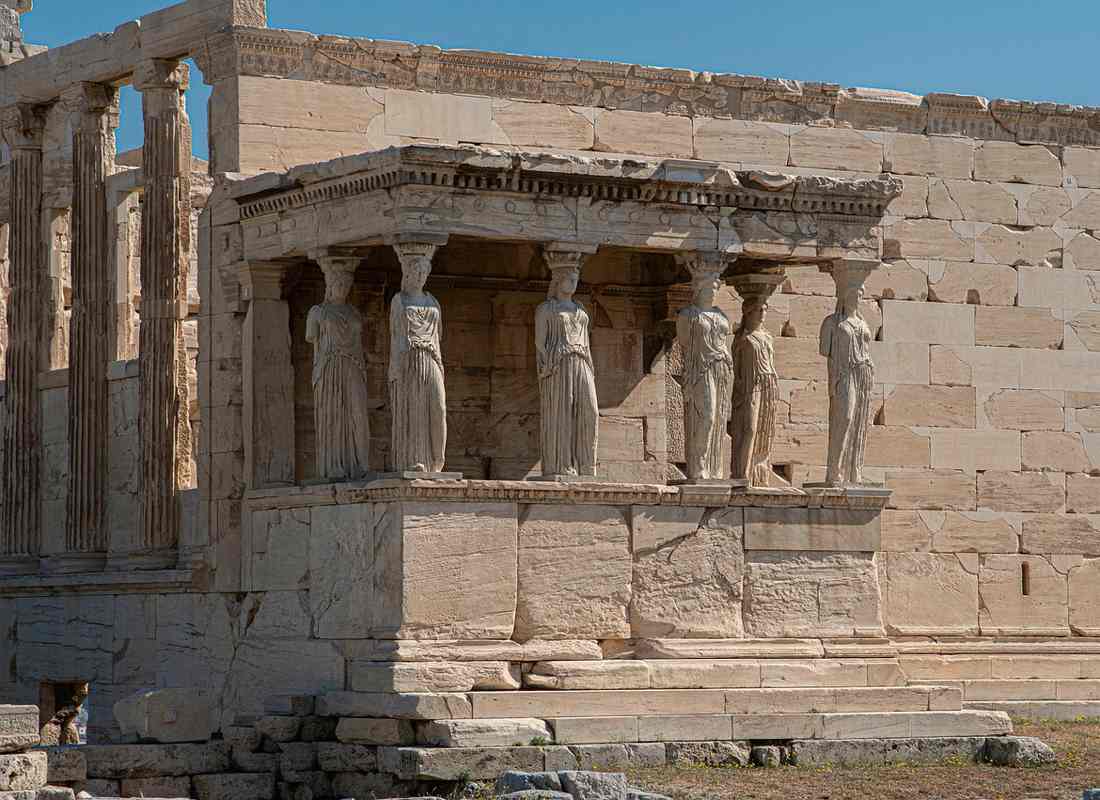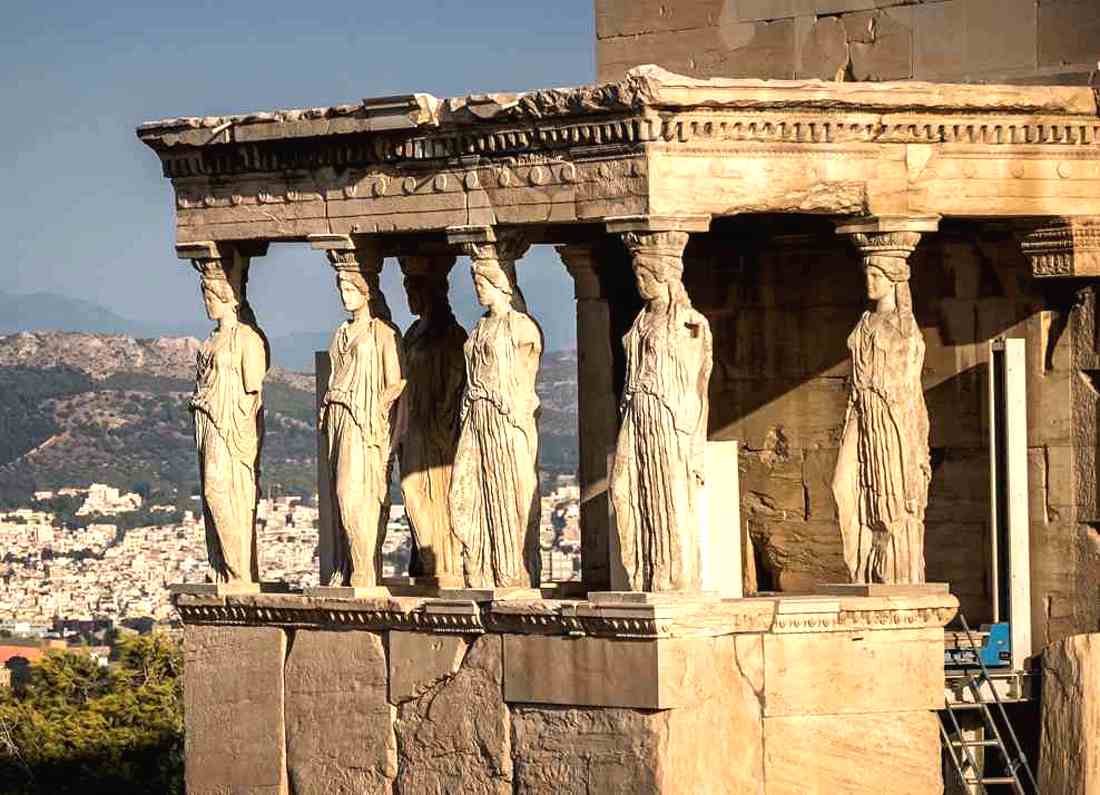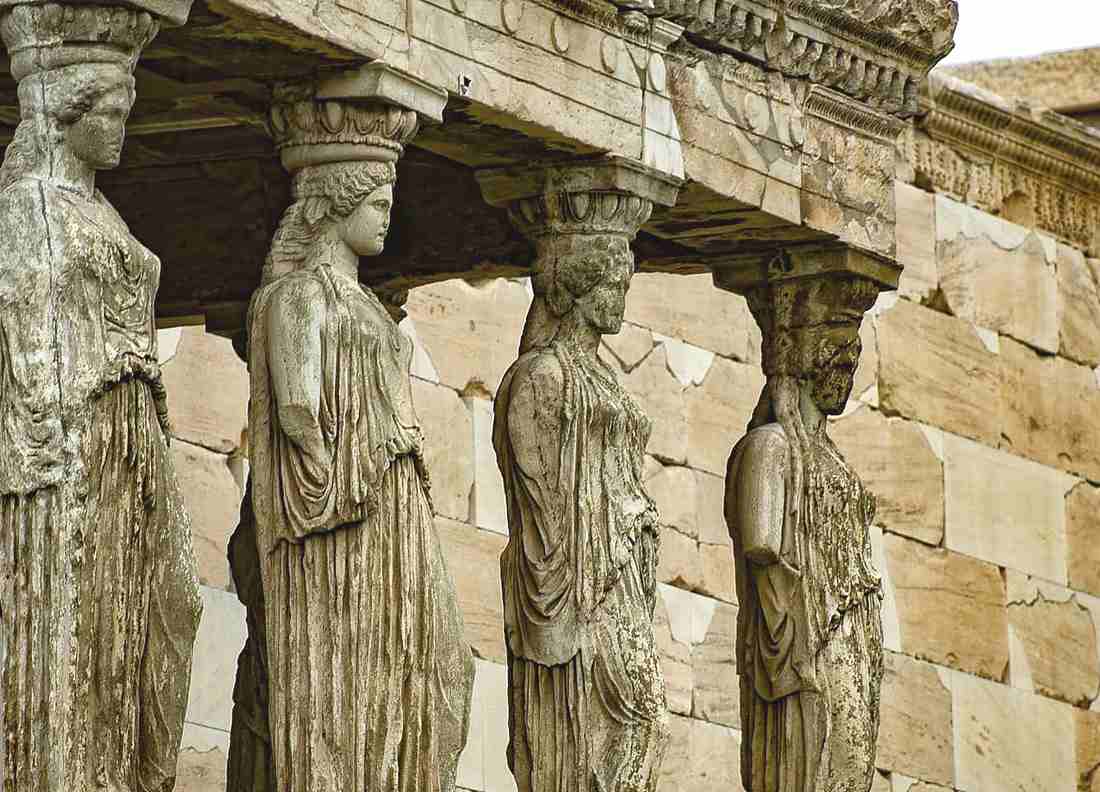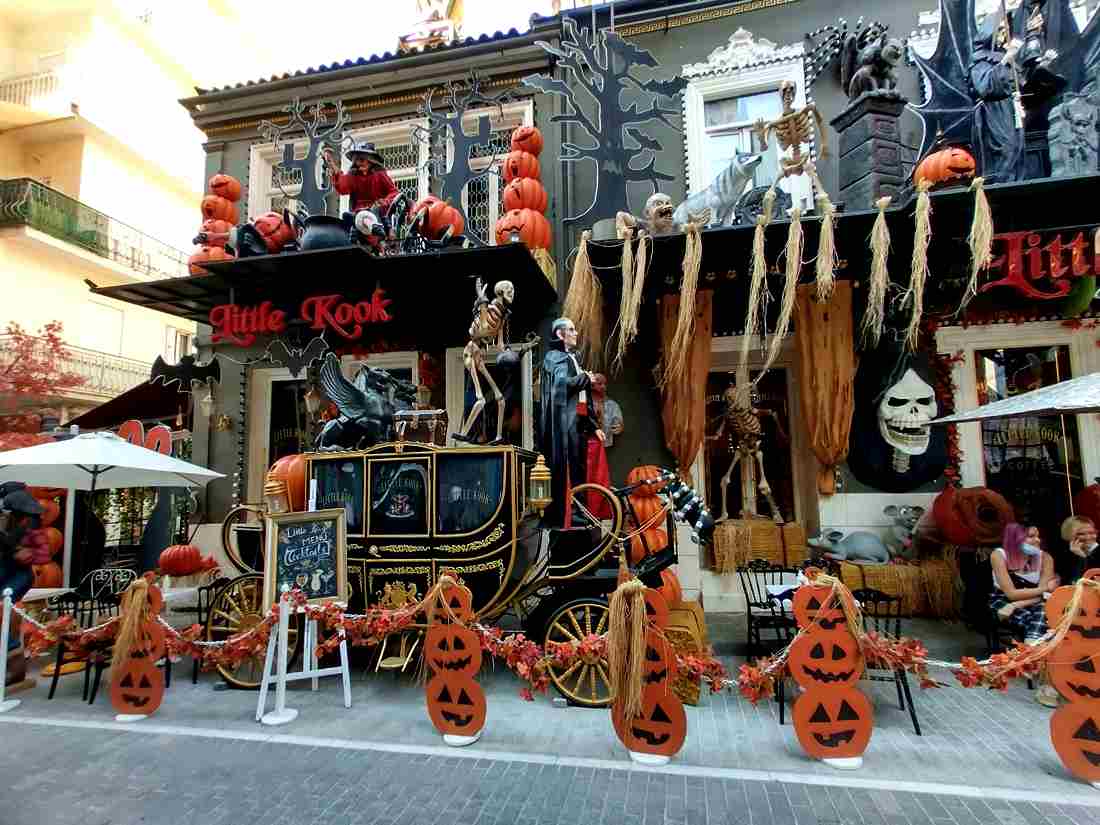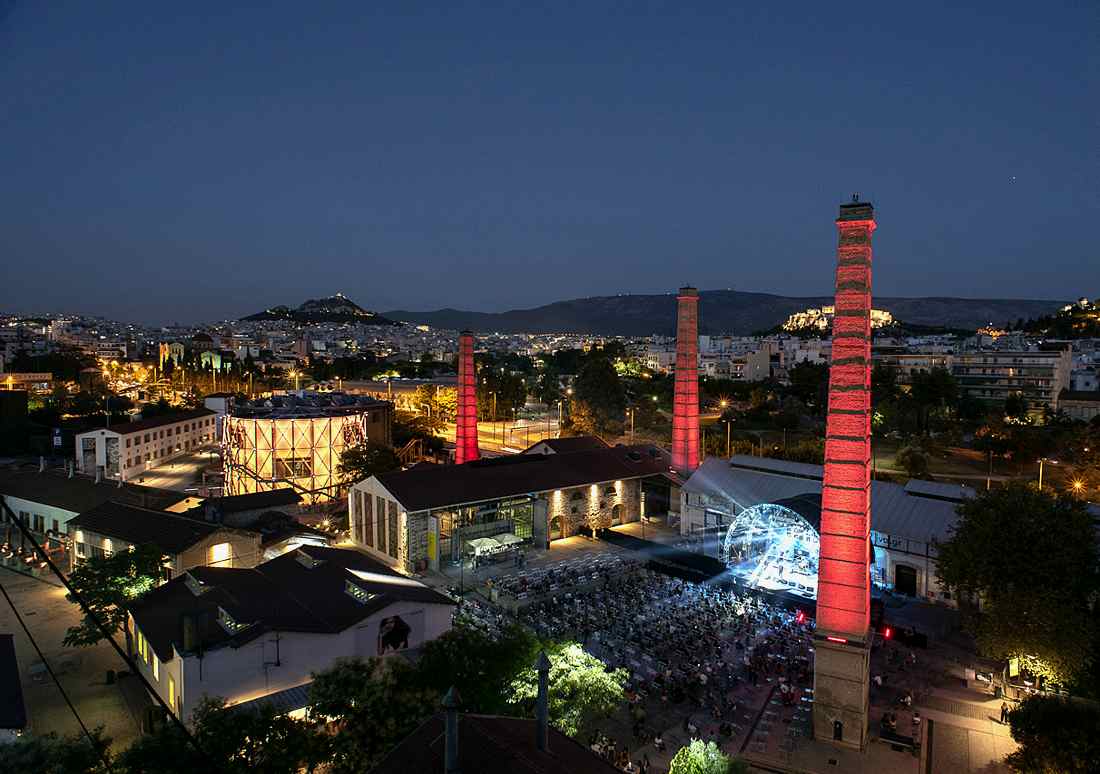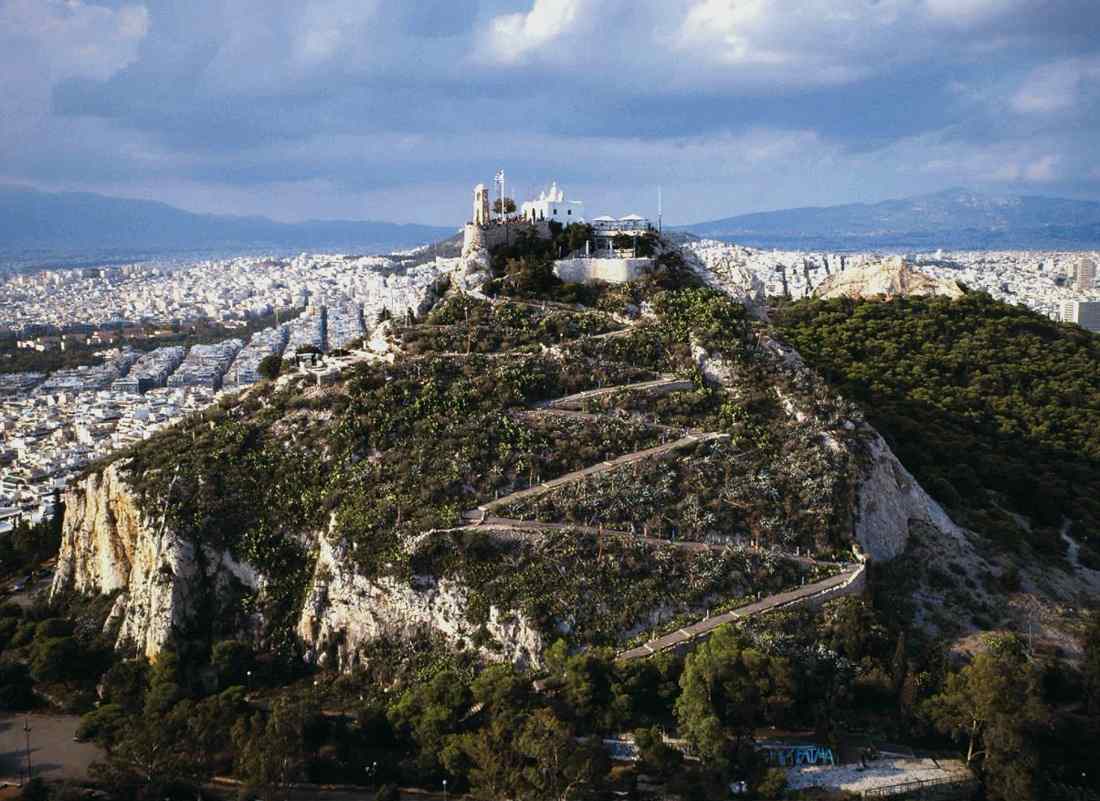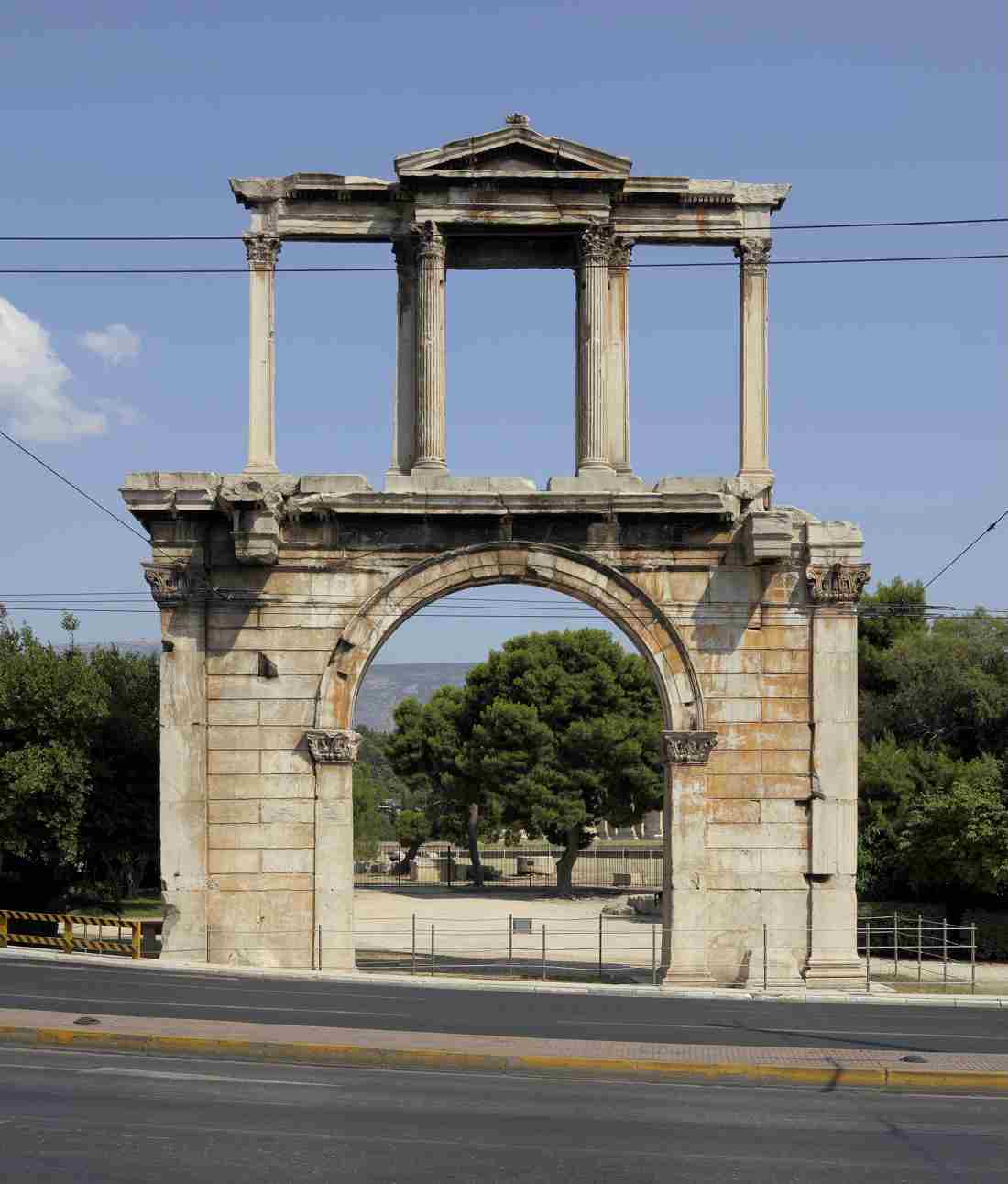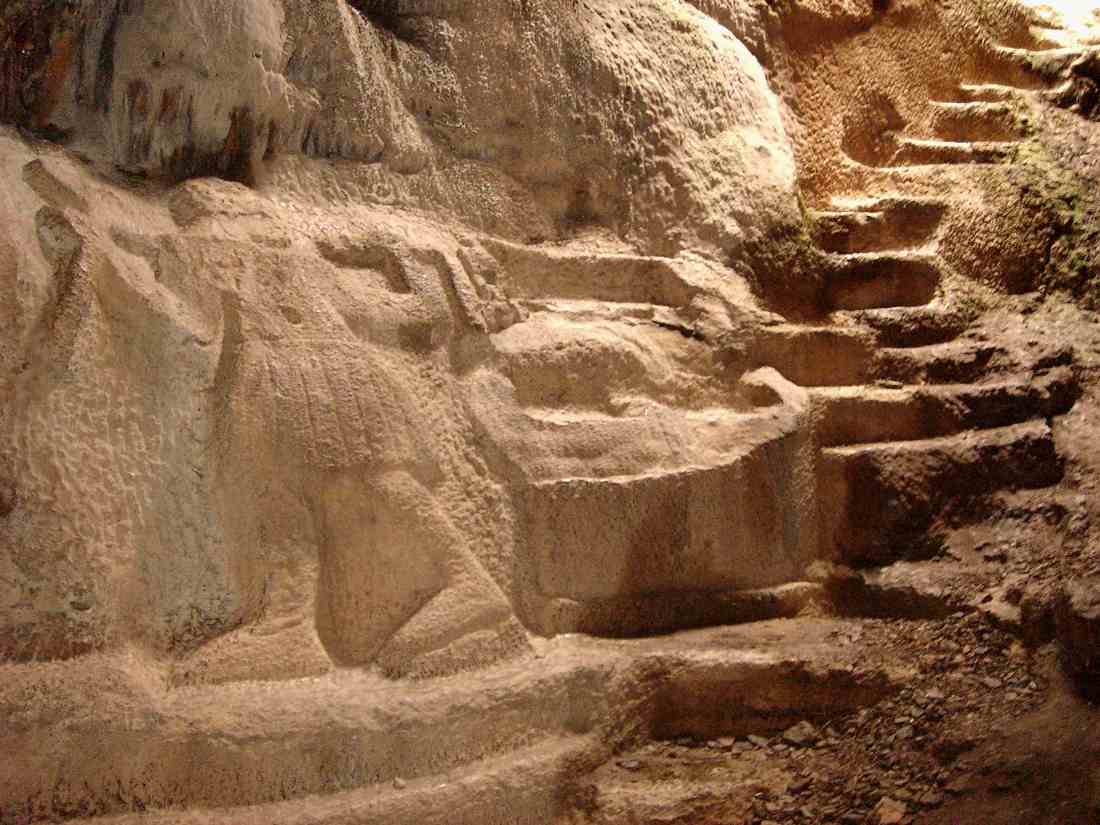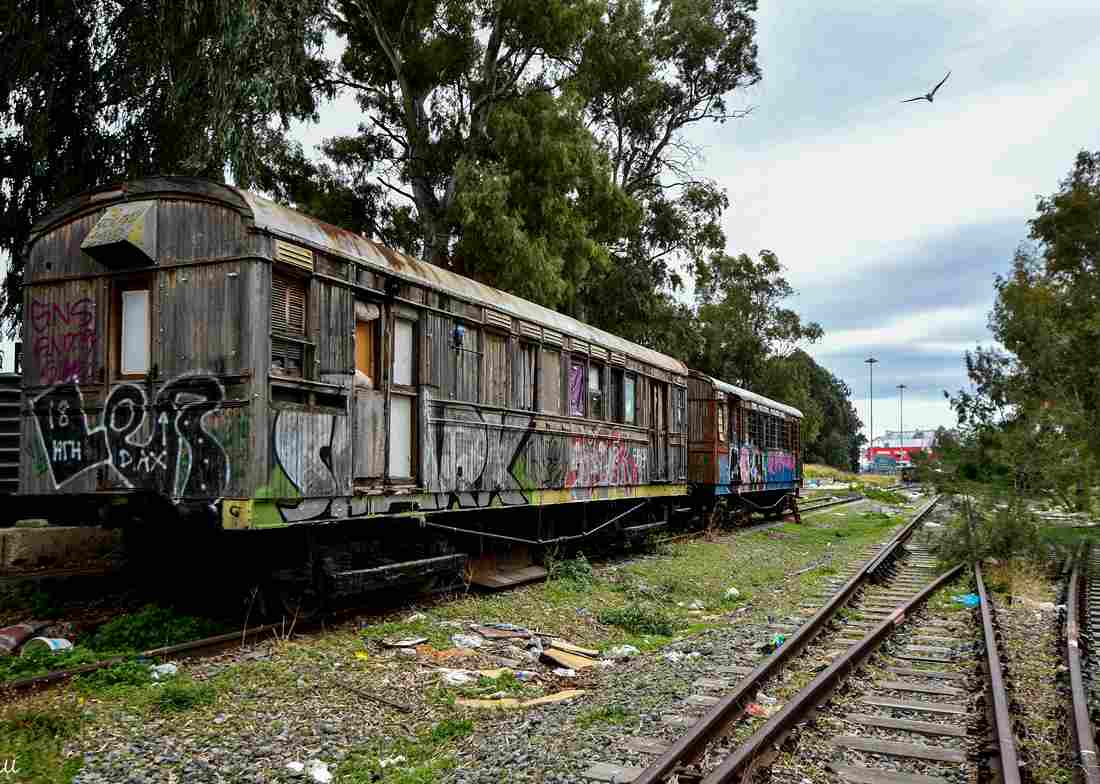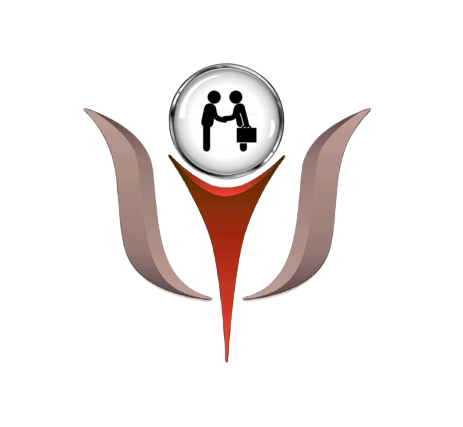
Erechtheion
The Erechtheon is perhaps the most memorable temple of the Acropolis. This monument of ancient Greek architecture was built in 421-406 b.c. and is dedicated to Athena and Poseidon, as well as to the Athenian king Erechtheon. Many people confuse Erechtheon with the temple of Hecatompedon, as the ruins of Hecatompedon lie in front of the temple of Erechtheon and if you do not read the signs you can pass by and not even suspect that next to lie the ruins of the oldest temple of the Athenian acropolis and the predecessor of the Parthenon. According to legend, the temple was built on the site of the dispute between Athena and Poseidon for power over Attica. The Erechtheon was built on the site of an older temple that was destroyed during the Greco-Persian War. The construction was initiated by Pericles, but was completed after his death. Erechtheon has no analogues in ancient Greek architecture, made in the Ionic style and has an asymmetrical layout with a variety of sanctuaries connected in it. The temple had two main entrances from the north and east, which were decorated with Ionic porticos. The eastern part of the temple was dedicated to the goddess Athena, and the western part to Poseidon and King Erechtheus. On the south side is the famous Pandroseion portico, named after King Kekrop's daughter, Pandrosa. The architrave is supported by six marble statues of girls (caryatids), the main attraction of the Erechtheon. Today all of them are replaced by copies, the originals are in the Acropolis Museum. In ancient times, the temple had a salt spring, which according to legend Poseidon carved out of the rock with his trident, and in the courtyard grew an olive tree, a gift from Athena. The temple was named in honor of King Erechtheus of Athens, whose tomb was located under the northern portico. The tomb of Kekrop, the first king of Attica, can still be seen today near the western facade of the temple. Almost nothing is known about the interior decoration of the temple, but we can assume that it was impressive in its grandeur. The temple underwent major changes in the 7th century, when it was converted into a Christian church. During the Ottoman Empire, the temple was used as a harem for the Turkish sultan. The first major restoration of the temple took place after Greece gained independence. Today, the Erechtheon Temple is included in the UNESCO World Heritage List as part of the Acropolis of Athens.
Guest reviews
You may also be interested in similar information
Fabulous Cafe Little Kook
Athens, Greece
Technopolis
Athens, Greece
Wolf Hill in Athens
Athens, Greece
Limanakia Beach
Athens, Greece
Parnitha cable car
Athens, Greece
Arch of Hadrian
Athens, Greece
Nymfoliptos cave
Athens, Greece
Abandoned railway station
Athens, Greece


